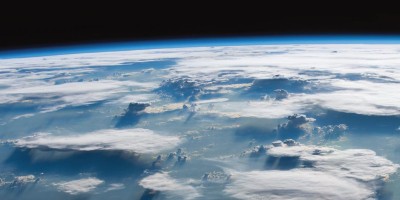Making sense of exoplanet observations requires better understanding of terrestrial atmospheres in our solar system, especially for Venus. We need to not just intermittently explore, but continuously monitor these atmospheres — like we do for Earth.

References
Tasker, E. et al. Nat. Astron. 1, 0042 (2017).
Barnes, R., Meadows, V. S. & Evans, N. Astrophys. J. 814, 91 (2015).
Schulze-Makuch, D. et al. Astrobiology 11, 1041–1052 (2011).
Adel, A. Astrophys. J. 86, 337 (1937).
Wildt, R. Astrophys. J. 91, 266–268 (1940).
Thompson, G. Real Time Weather Data Page (National Centre for Atmospheric Research, accessed 21 October 2017); http://go.nature.com/2ngJUan
AKATSUKI 2-µm Camera (IR2) Data Archive (Japan Aerospace Exploration Agency, accessed 22 November 2017); http://go.nature.com/2zwXjN2
Author information
Authors and Affiliations
Corresponding author
Rights and permissions
About this article
Cite this article
McGouldrick, K. Atmospheric science looks to Venus. Nature Geosci 11, 4–5 (2018). https://doi.org/10.1038/s41561-017-0037-9
Published:
Issue Date:
DOI: https://doi.org/10.1038/s41561-017-0037-9
- Springer Nature Limited


